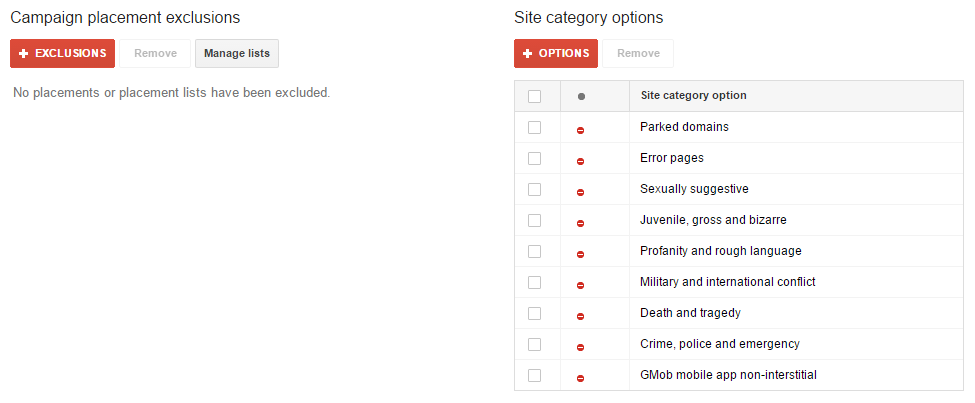Inappropriate Advertising
Google are getting negative press.
In the News
You don't have to look very far to spot the news stories at the moment; Google is in hot water over the way in which their advertising works.
Several advertisers have complained that their adverts have appeared near inappropriate content. Several high value and highly visible brands have begun a boycott, including the Guardian and M&S. Major marketing companies are beginning to follow.
In a response this week, Google's Chief Business Officer remarked:
Recently, we had a number of cases where brands’ ads appeared on content that was not aligned with their values. For this, we deeply apologize. We know that this is unacceptable to the advertisers and agencies who put their trust in us. That’s why we've been conducting an extensive review of our advertising policies and tools, and why we made a public commitment last week to put in place changes that would give brands more control over where their ads appear.
The problem doesn't simply come from Google, though. Advertising on the giant's search engine is simple; it's just linked to the search term. You can choose to have your advert appear when someone searches for "furniture" or "shoes". This is easy for anyone to control.
So, what's the problem?
YouTube and Remarketing
It gets more complicated when you want to use Google to advertise accross the other websites. YouTube is the biggest culprit. There's a type of advert that follows the user; this is called remarketing and you'll have seen it all over the place. The goal is to personalise the advertising to the user, so they only get content relevant to them.
If you go looking for a new handbag, you're going to see adverts for handbags the next time you visit YouTube.
Whether you're watching TV chefs or music videos, you'll see the same adverts; they're based on your browsing history as recorded by Google.
When millions of videos are uploaded, it's impossible to check individual ones. As a result, brands can find their adverts placed against innapropriate content.
With remarketing, where Google powered ads are placed on outside websites, it's even easier.
Avoiding Embarassment
Currently, canny advertisers use tools like this to prevent accidents: it's easy enough to exclude content.

Of course, this is reliant on individual sites (and videos) being correctly categorised. That's why we're looking forward to seeing Google's planned solution!